by Shernaz Minwalla
As the Academic Research Program Director at University Liggett School in Grosse Pointe Woods, Michigan, I use the GoodWork Toolkit while teaching students about the research process to have them understand the importance of reflecting on their values and to see how these values impact different aspects of their research. These aspects include but are not limited to their choice of topics, the way they conduct research, the way they cite sources, and the way they interact with their peers and mentors. Good Work was first introduced to me by Wendy Fischman, a researcher for Project Zero, when ULS was first designing the Academic Research Program, specifically to create lesson plans that would involve the students in an exploration of their values and the challenges to doing excellent, engaging, and ethical work. Wendy and fellow researcher, Lynn Barendsen, were able to visit with research class members and note the breadth and depth of the projects chosen. Projects entailed topics such as the effects of music on OCD symptoms, futurism, the Detroit Public School System, and ecologically-friendly paint for artists. Wendy and Lynn shared their knowledge of Good Work with Liggett’s pre-k through twelve faculty, which led to other uses of the Good Work Toolkit, such as with the Fine and Performing Arts Players Board, advisory, and even faculty meetings. At the GoodWork Conference in March 2013, Phil Moss, Chairperson for the Arts Department, and I engaged participants in activities we use in our courses. More importantly, we met with many wonderful people embracing the need to incorporate the Good Work philosophy in our practices. When asked to teach a mini-course on Good Work at the Project Zero Summer Institute, I just assumed that everyone attending the conference was familiar with the Good Project ideas. Because this was not the case, it gave Wendy and I an opportunity to explain the philosophy and history for the design of Good Work and its uses.
Although their toolkits didn’t contain hammers and screwdrivers, teachers at the Project Zero Summer Institute 2013 used markers, poster paper, sticky notes and materials from the GoodWork Toolkit to construct an environment conducive to learning about Good Work. To establish their preliminary thoughts about excellent work, participants wrote three words, two questions, and one metaphor or simile that came to mind, applying the 3-2-1 routine from Making Thinking Visible. Because teachers are active people, they stretched their legs and minds to engage in activities and discussions to answer the question,” what is excellent work?” Posters with characteristics of good journalists, artists, business people, educators, and students hung on the wall. Partners explained why various objects around the room were good examples of excellent work, ranging from a coffee mug to intricately designed scarves.
After a flurry of activity, participants slowed the learning down and took some time to reflect on their own work goals and their definition of success. Sharing initiatives and challenges with a new friend or two provided an opportunity to note similarities and possibly come up with new ideas. Participants were then given some quiet time to read one of many vignettes from the toolkit,” Silence isn’t always golden.” Follow-up group discussions were rich with examples of how the story relates to the many roadblocks our students face today to doing good work. Teachers also noted that, “it’s easier for students to talk about somebody else’s situation rather than their own, so the vignettes are great because they are interviews of real people dealing with real dilemmas.”
Spread out over the floor or on a window sill, participants used the Value Sort to rank their values, an activity that many claim “hurts their brain.” The activity allows students to see what values drive their work at home, at school, on the athletic fields, or on stage. Participants in the session were able to review the session through the Compass Points routine from Making Thinking Visible. We shared our excitements, questions, and suggestions for implementing Good Work in the classroom. Some stated that they will conduct GoodWork Toolkit activities during advisory time, while others suggested faculty meetings and theater groups. At the end of the session, teachers left with an intangible toolkit of their own – activities, routines, and most importantly, new friends.





